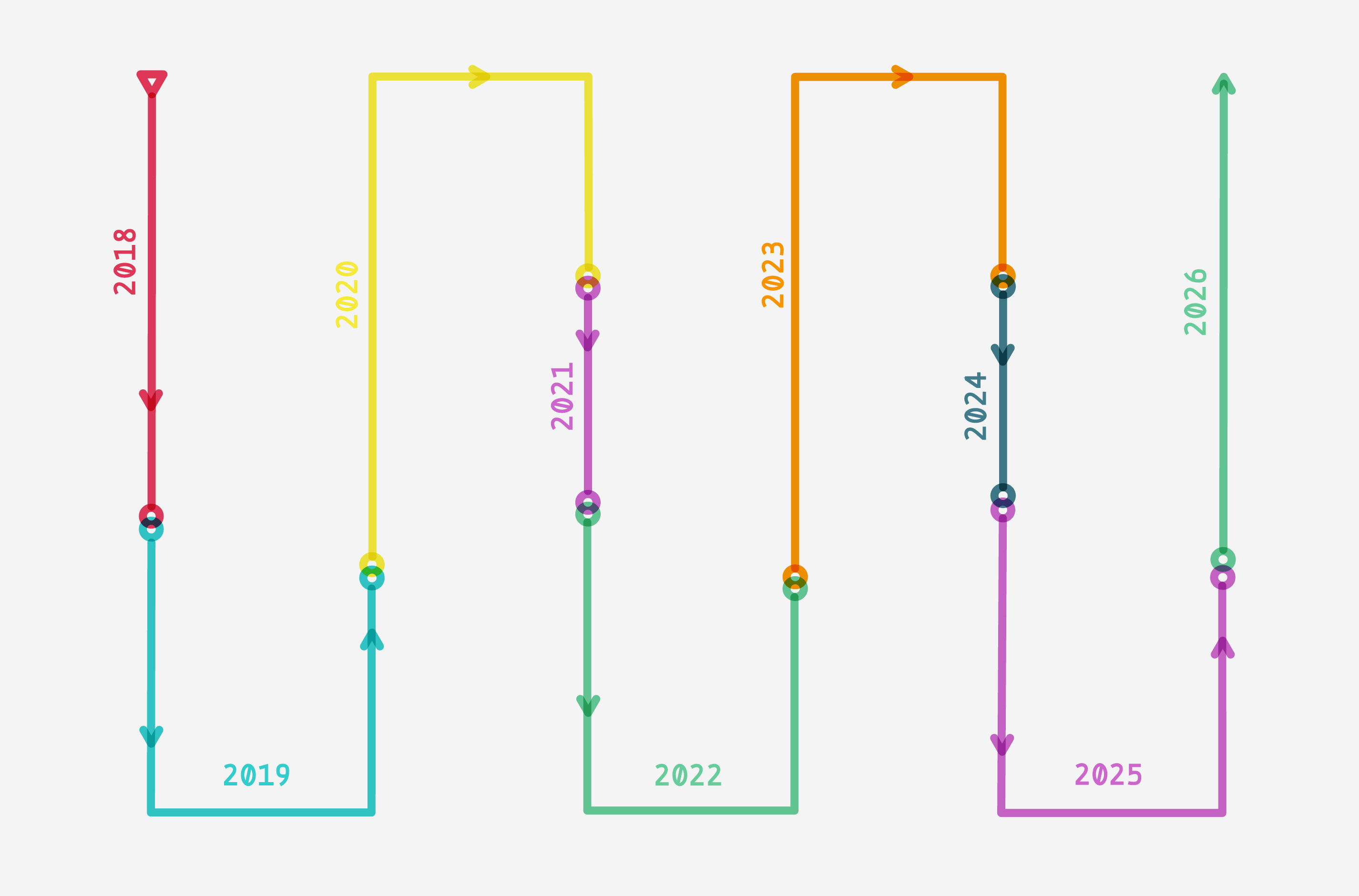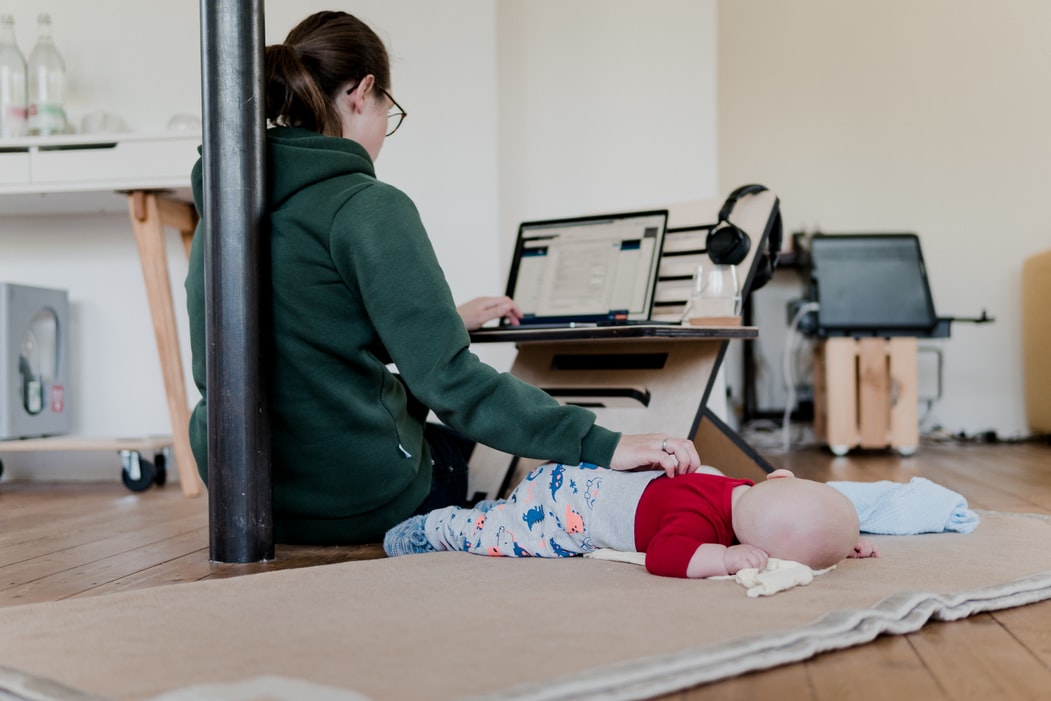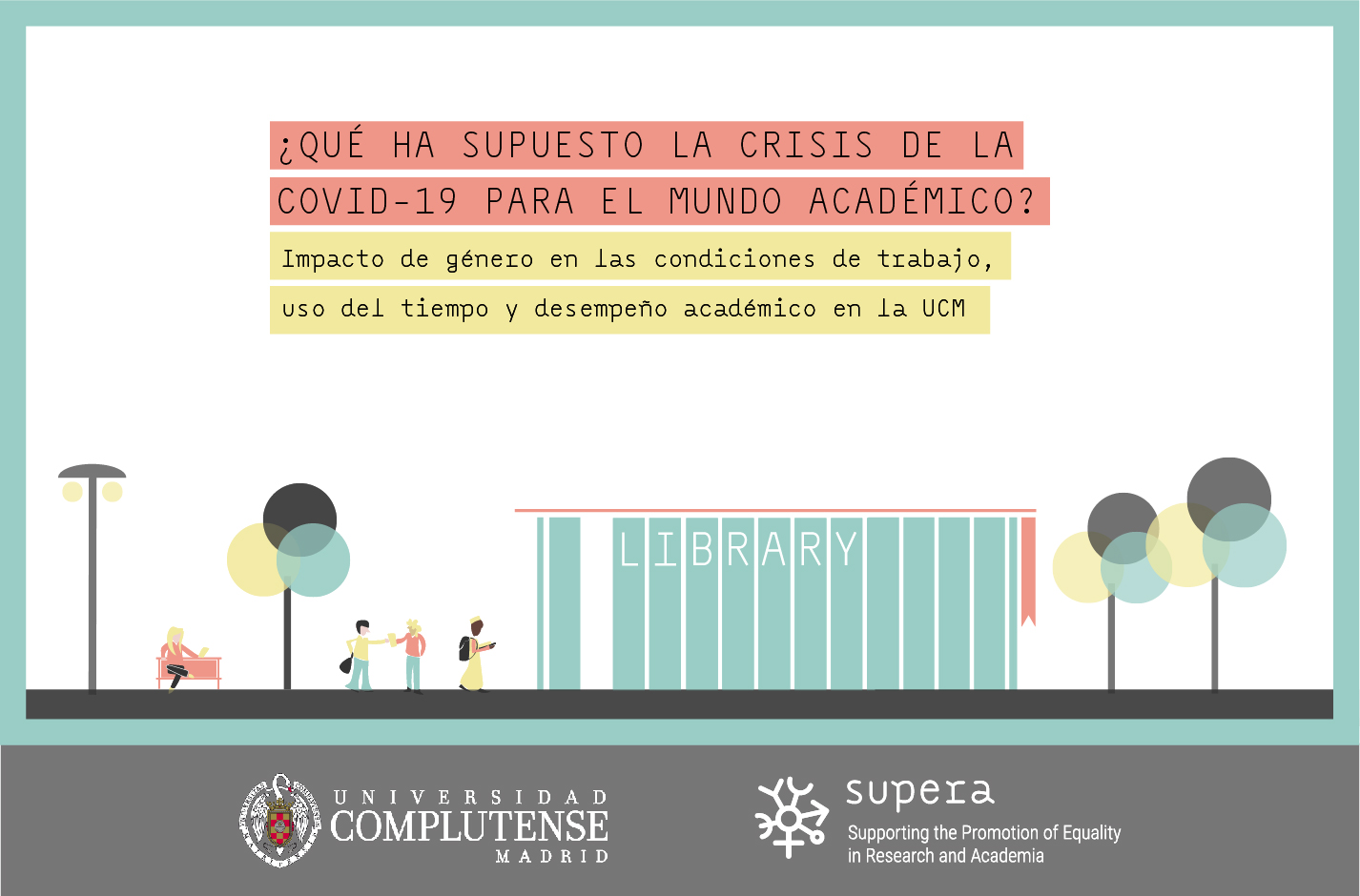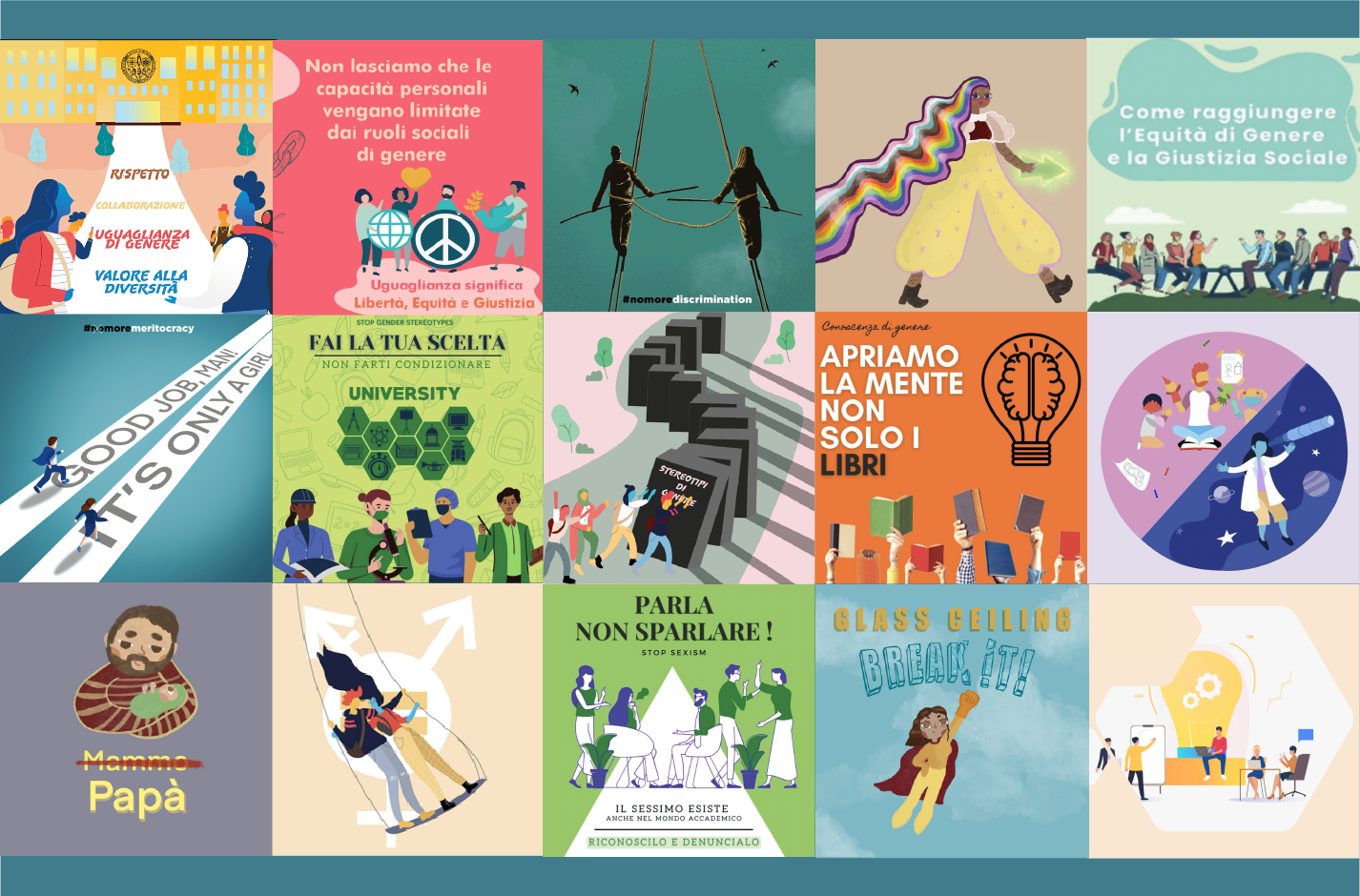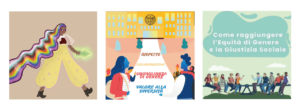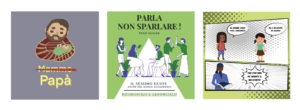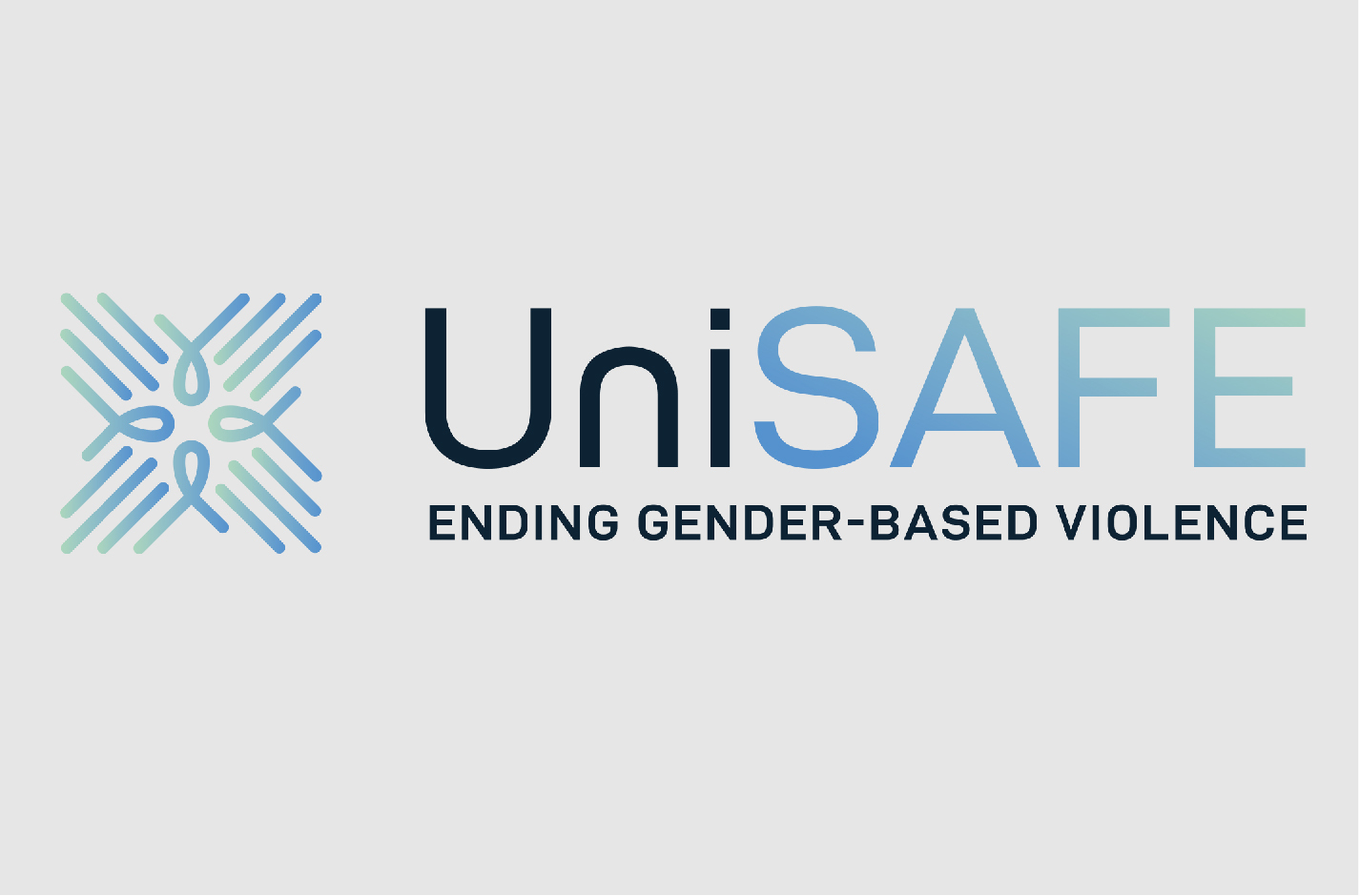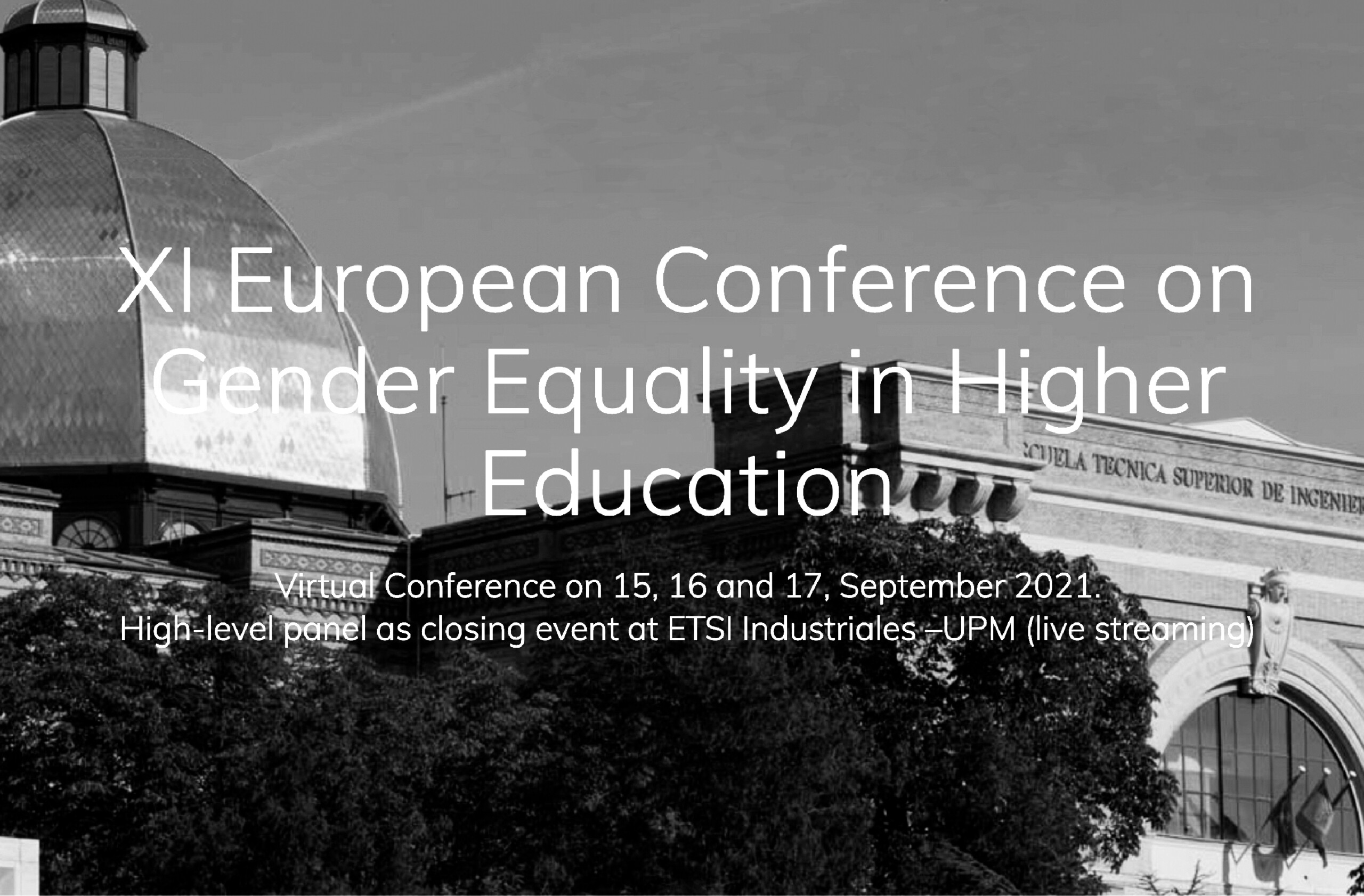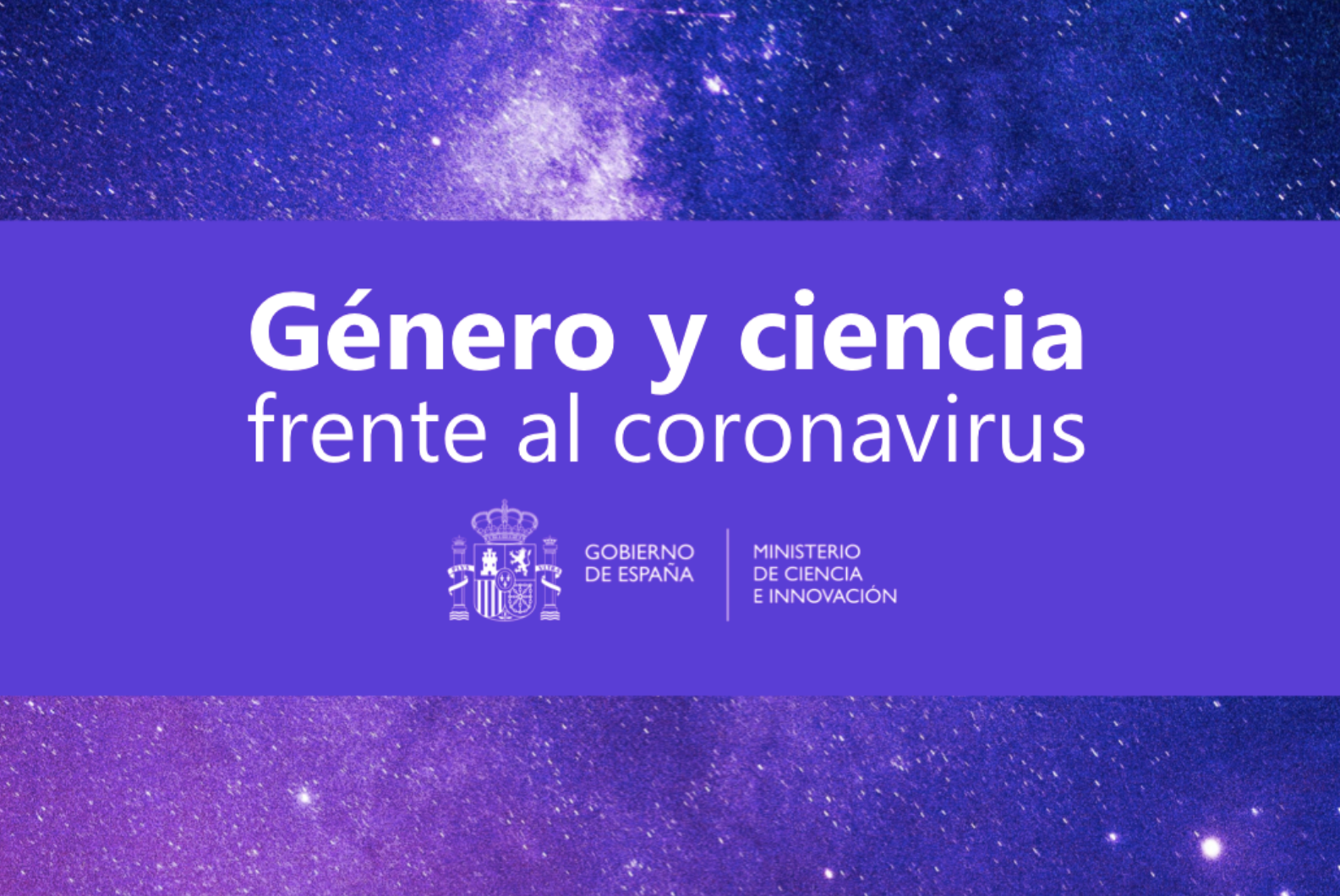What comes next? Sustainability of structural change for gender equality after SUPERA
By María Bustelo, Universidad Complutense de Madrid and SUPERA Coordinator
SUPERA is finally coming to an end after four years of being working together. It seems quite far away now those days in early June of 2018 of the kick-off meeting. As I said in the opening of our Final Conference in Madrid last March 25th, looking back now, what four years! We can definitively say that it has been a long and winding road. Throughout this four-year period, quite intensively during the first 18 months of the project life, we faced important institutional and political changes in all our implementing partners. And the pandemic precisely caught us about to hit the midst of the project when we were just finishing the take-off and reaching the cruising speed. All these circumstances made us be constantly adapting our strategies, interventions and change processes to the different contexts, and they also made us highly resilient.
But all in all, SUPERA has also been, beyond an enormous challenge, a fabulous adventure, full of efforts, achievements, and inspiring practices of which we are proud. It has also represented the best of working together, supporting each other, strengthening previous and establishing new professional bonds, which I am sure, will last well beyond the end of SUPERA.
The SUPERA consortium resulted a balanced formula of Research Performing Organizations (RPOs), in this case, four universities, and two very different Research Funding Organisations (RFOs), as we understood from the beginning that gender+ structural change should also be enhanced by how research money is distributed. Although with different logics and being respectful of our different idiosyncrasies, we have had excellent exchanges, used synergies, and learnt a lot from each other. The other wise choice of the SUPERA consortium was to count on two excellent supporting partners, one, Yellow Window, for training and guiding us through innovative methodologies and resources, and Science Po, as an embedded formative evaluator providing soundly continuous feedback to the implementing partners. For me, it has been a pleasure and an honour to coordinate this excellent consortium.
So, what comes next? How does SUPERA ensure sustainability? Sustainability has been one of the four core principles with which SUPERA was designed and developed. But the other three: cumulativeness, innovation and inclusiveness also contribute significantly to the sustainability of the project.
The first principle we wanted to observe from the design and inception of the project was cumulativeness. It was about taking advantage of what was already there, not trying to reinvent the wheel. Therefore, SUPERA was drawn upon tools & instruments already experimented and evaluated by other experiences and structural change projects. Moreover, throughout the project, we have continuously exchanged with other sister projects, encouraging, and participating in joint initiatives and campaigns, common seminars, and webinars. This has been facilitated by the fact that several partners in the SUPERA consortium participated in other past projects, and the others will continue to contribute to future ones. And SUPERA leaves several materials, methodologies developed, and documented inspiring practices that will contribute to this common European legacy.
The second principle, that one of innovation, made us develop innovative implementation structures using transformation design techniques, as Gender Equality Hubs and Gender Equality Fab Labs, which were thought for designing, prototyping, and testing affordable and innovative policy solutions to gender bias and imbalances identified through gender audits and diagnoses. Gender Equality Hubs, adapted to each institutional context, have been the most important key actors for launching and enhancing gender structural change processes at SUPERA implementing institutions. Gender Equality Fab Labs have also been an interesting and useful resource, which was used productively in different formats and for various topics by all partners. What we learnt from the SUPERA experience is that the initial diagnoses that were planned and successfully performed during the first year of the project, were also needed to be monitored in a continuous manner throughout the project. The reasons for that are the invisible and many times difficult-to-grasp character of gender+ inequalities, as well as all the confronted political, institutional, and global changes (pandemic included). This need of constant and updated information strongly incentivized us to prioritize, from the beginning, the promotion of sustainable and stable gender management information systems.
The third principle, inclusiveness, is at the core of our methodology and has strongly defined the SUPERA spirit. It means that we are absolutely convinced that the only way for reaching a real structural change is through the involvement of the entire research & university communities. Therefore, in SUPERA we have emphasised the importance of using participatory techniques and active stakeholders’ involvement, as this really increases their support to change processes and helps to reduce resistances. This conviction alludes also to the need of reaching everyone in the community, including men and all genders, without requiring the feminist or gender expert “card” to entry the club: the real sustainable change starts when non previously gender advocates become gender+ allies and change agents. And after four years we can say that we are very proud as, beyond the core teams, the SUPERA communities in partners’ institution are huge and diverse.
Coming back to the fourth SUPERA core principle, sustainability, from the beginning of the project we committed to design, implement, and evaluate interventions whose results have chances to endure over time producing gender structural change in our institutions. For securing this sustainable institutional change, we have done efforts towards project top management endorsement apart from the visibility of actions in our institutions, and the inclusive long-term involvement promotion explained above.
Another hard-won lesson learned from SUPERA is that the necessary top management commitment and endorsement should be always combined with bottom-up approaches from the communities. These last ones are so important that, if already started, they can remain being the change driving force when the first one disappears, or that well combined with adequate institutional political will, they can have amazing multiplying results. In all partners institutions, most of the participatory structures and networks created by SUPERA will remain in place and keep on being important change drivers. This is the case of the Gender Equality Nodes network at UCM, with representatives in all the 26 UCM Faculties, which has been increasingly active in gender promotion activities at the UCM towards the end of the project. For instance, as a result of a Conference on how to integrate a gender perspective in teaching organized by this Network with SUPERA support, an edited guide with recommendations for integrating gender in the areas of STEM, Social Sciences, Health Sciences and Art & Humanities will be released at the UCM very soon. But even going beyond SUPERA, this Network promotes a true interdisciplinary approach to gender by participating together in an innovative gender-sensitive pedagogical project and in another one for studying classroom student participation for the UCM Student Observatory. No project team at the UCM had ever covered so many faculties and areas before.
SUPERA also leaves concrete outputs, as for example, the already disseminated the Tailor-mage guides for gender-sensitive communication in research and academia, highlighted as a key good practice in the field in the newly updated version of the GEAR (Gender Equality in Academia and Research) online tool by EIGE. Other examples from SUPERA are also referenced in the GEAR tool, Gender Equality Fab Labs and the Gender Equality Nodes network at the Complutense University of Madrid (UCM). At the end of the project this month, SUPERA will also submit the last public deliverables, among others, Guidelines and best practices for RPOs and its version for RFOs. Also, several participatory and co-creation techniques have been developed and adapted by YW under SUPERA, like journey maps, lotus blossoms, stakeholder mapping, cause diagrams or personas, and guides and edited materials on those techniques will be uploaded and made available in the SUPERA web for further use by the structural change community.
As part of our resilient response to the COVID-19 crisis, as part of SUPERA, Central European University (CEU) provided the senior leadership team with a list of recommendations for a gender-sensitive implementation of telework in relation to COVID-19 pandemic, while the UCM performed a Survey on working conditions, academic time usage perception and academic performance during the COVID-19 crisis, which was also adapted by the University of Coimbra (CES-UC) and the University of Cagliari (UNICA). Their results have been already disseminated in reports, conferences, and future academic publications.
At the level of implementing partners, key initiatives have leveraged change beyond SUPERA organizations. This is the case of the network of regional research funding bodies committed to advancing gender equality and mainstreaming gender in research set up by the Spanish Research Agency (AEI- Partner MICINN), in a country where regional governments have significant agency regarding higher education and research. At the Autonomous Region of Sardinia (RAS), a regional research funding body granted with specific capacities under Italian Law, the SUPERA-driven Gender Equality Plan was taken up as an opportunity to mainstream gender not only in research funding calls, but also for structural funds, at a time when the insular region receives considerable funding through the EU recovery plan. This impact also leverages the leading role the two Sardinian partners (both RAS and UniCA, this last one being the largest university of the Island) are taking in building a gender sensitive research eco-system in the region. Also, in Portugal, SUPERA has been the driving force in establishing Coimbra as a pioneering university, actively sharing practices and knowledge also with national gender equality policy stakeholders, at a time when parity laws became applicable to higher education and research bodies. As an example, during the latest legislative campaigns, Coimbra University’s Vice Rector for Research publicly engaged Prime Minister Pedro Costa with the gender dimension in research as a topic for his next term.
Summing up, SUPERA leaves six Gender Equality Plans in our six implementing partners, but also important changes and structures in our institutions that go beyond those plans. We leave materials, reflections, and inspiring practices as well as active professional bonds and networks that feed and contribute to the European structural change and sister projects’ community. We also leave a good group of colleagues who became good friends while struggling together to make the best of the project during difficult times. I am sure all of these will continue to impact our institutions and our personal and professional lives beyond the end of SUPERA.


